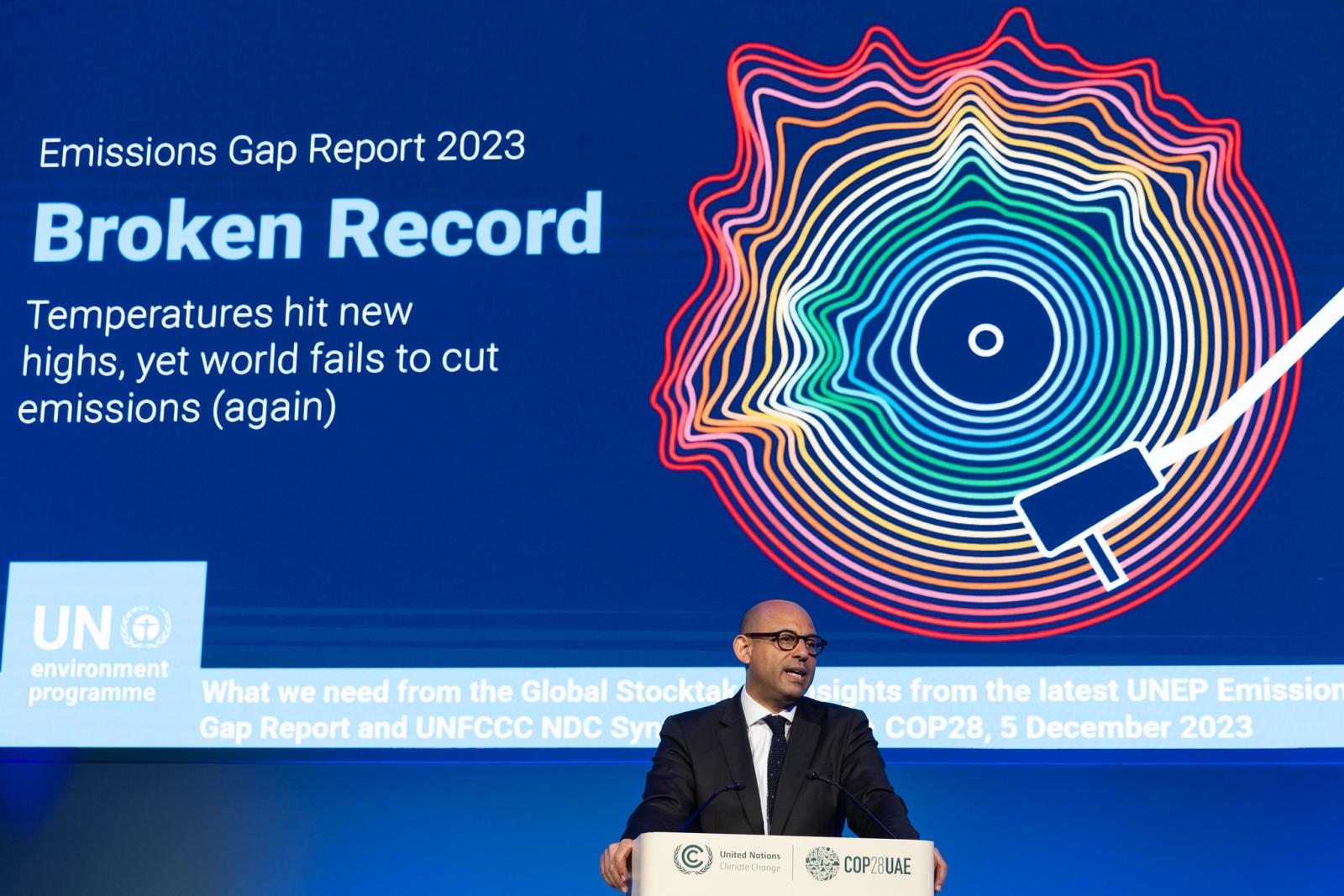The first brief analysis of data collected by Curiosity in the ChemCam test indicates that the instrument is working perfectly. A little mystery to be clarified, however, already cropped up.
A really excellent performance, to sum up the judgment of the Los Alamos National Laboratory's team who is directly responsible for managing ChemCam, the delicate instrument resulting from the French-American collaboration with the task of unravelling the secrets of Mars' rocks.The images of the experiment published by NASA are also quite significant According to statements by Roger Wiens, Principal investigator of the ChemCam team, the quality of the spectra collected by the tool is comparable to those collected during testing on Earth.
The first analyses of Coronation, the rock that was the first target of the ChemCam laser pulses on the Martian surface, indicate a substantially basaltic composition, thus in line with expectations. When the the first laser was flashed - and only in such circumstances - the spectra collected by the instrument, however, also identified an excess of magnesium and hydrogen. Even though it is necessary to wait for further analysis in order to be able to decipher this strange presence, a first hypothesis has already been advanced, which attributes the discovery to dust that covered the rock.
While waiting for the results, on Mars no time is being wasted and the next ChemCam target has already been identified: it is a group of rocks in the area hit by the retro-rockets of the rover at its landing and dubbed Goulburn.


